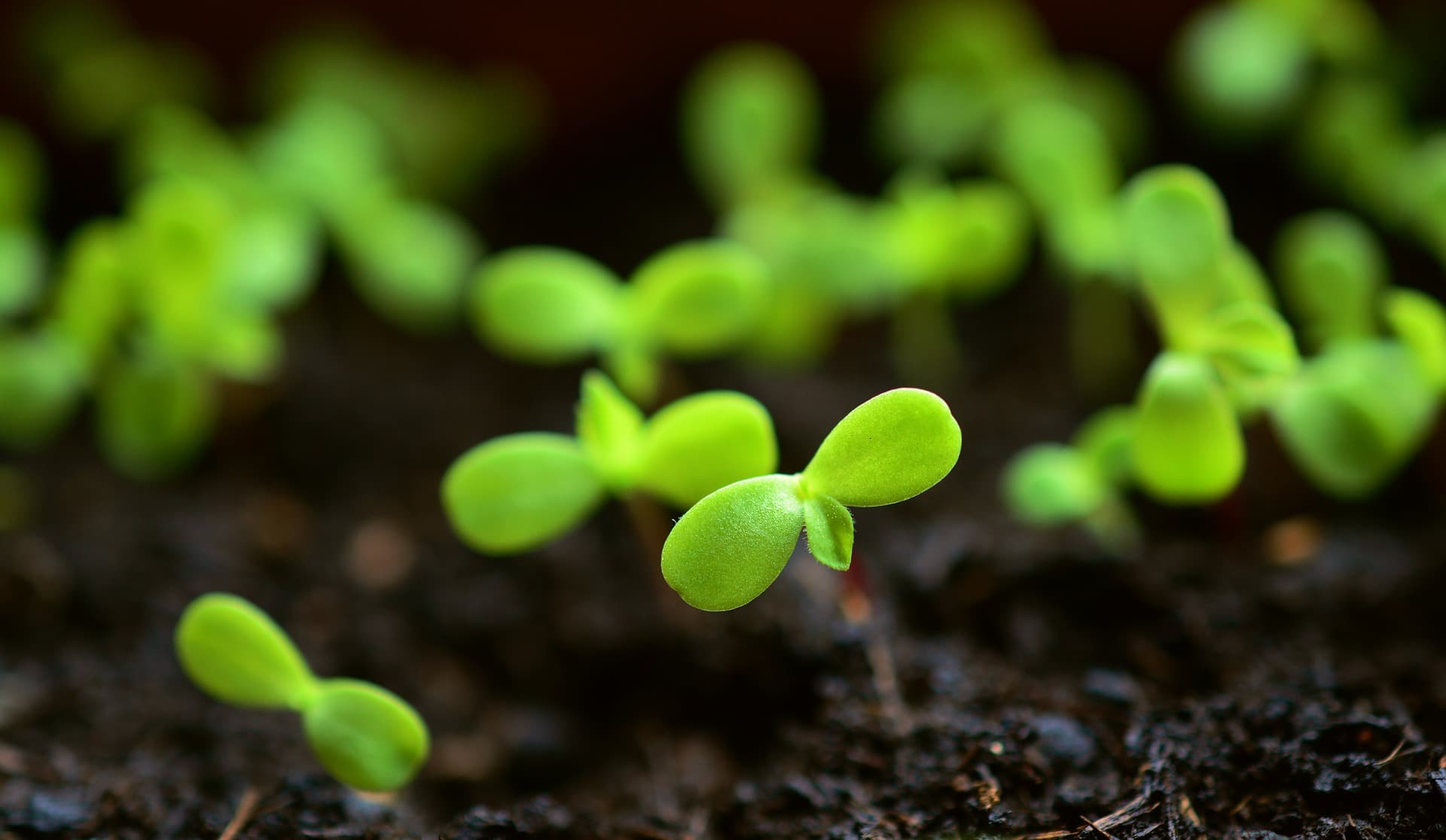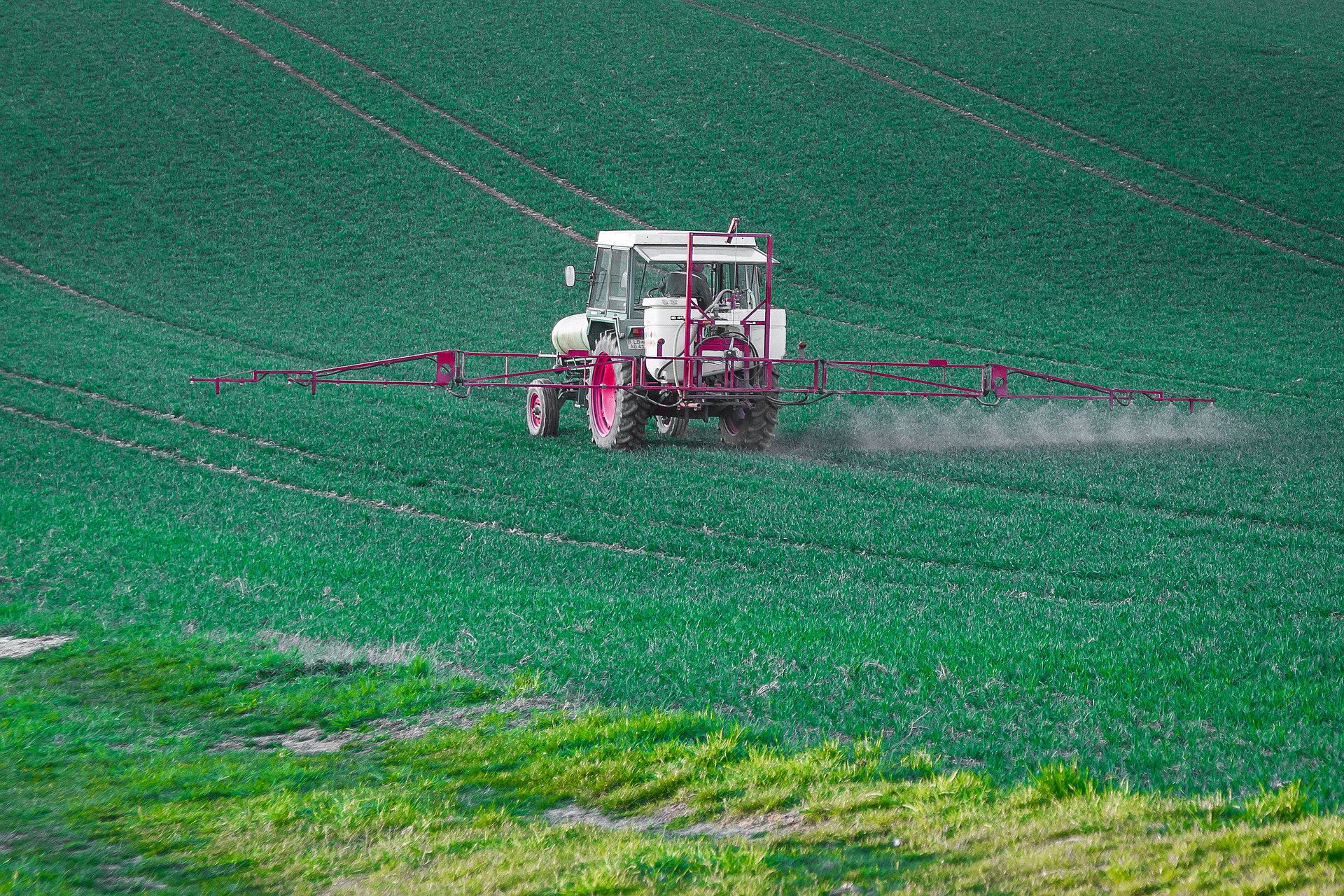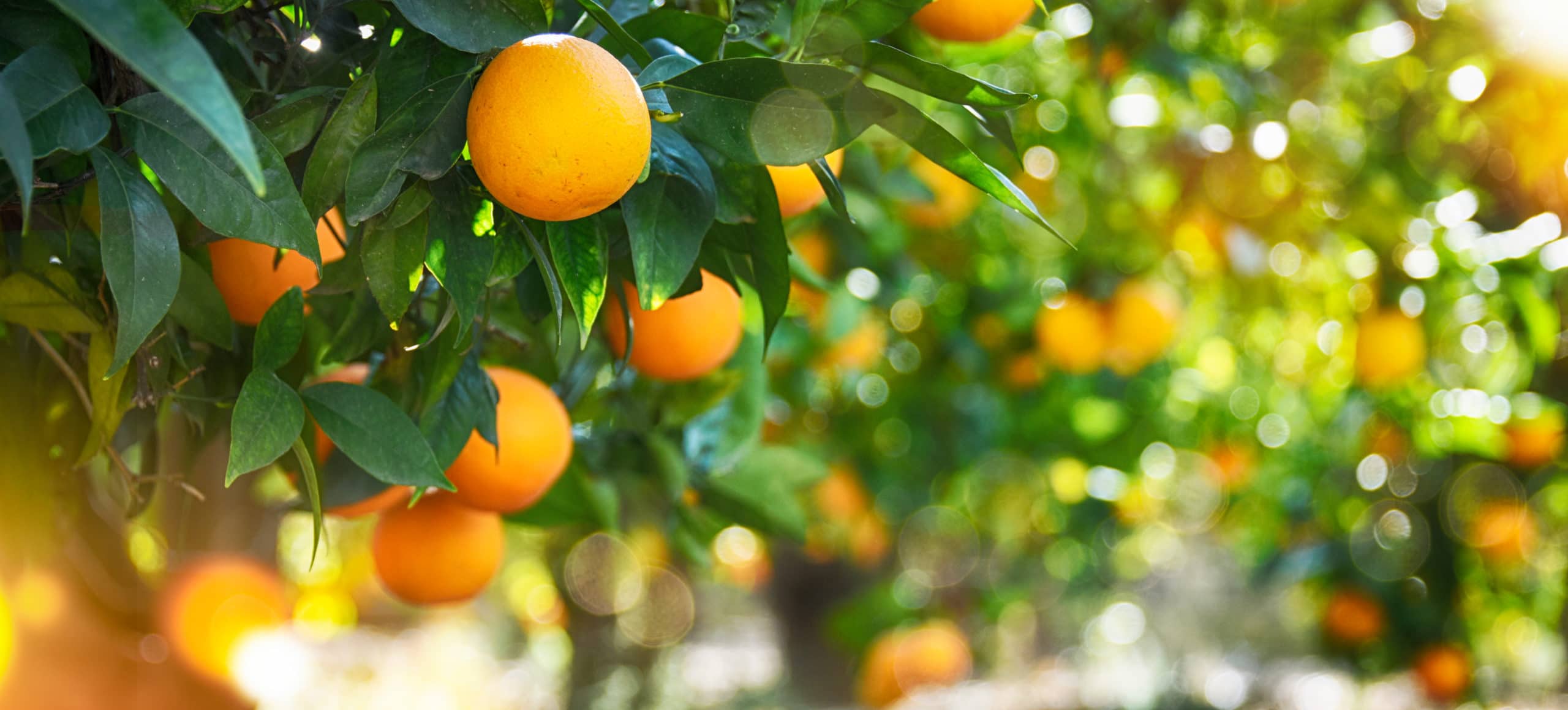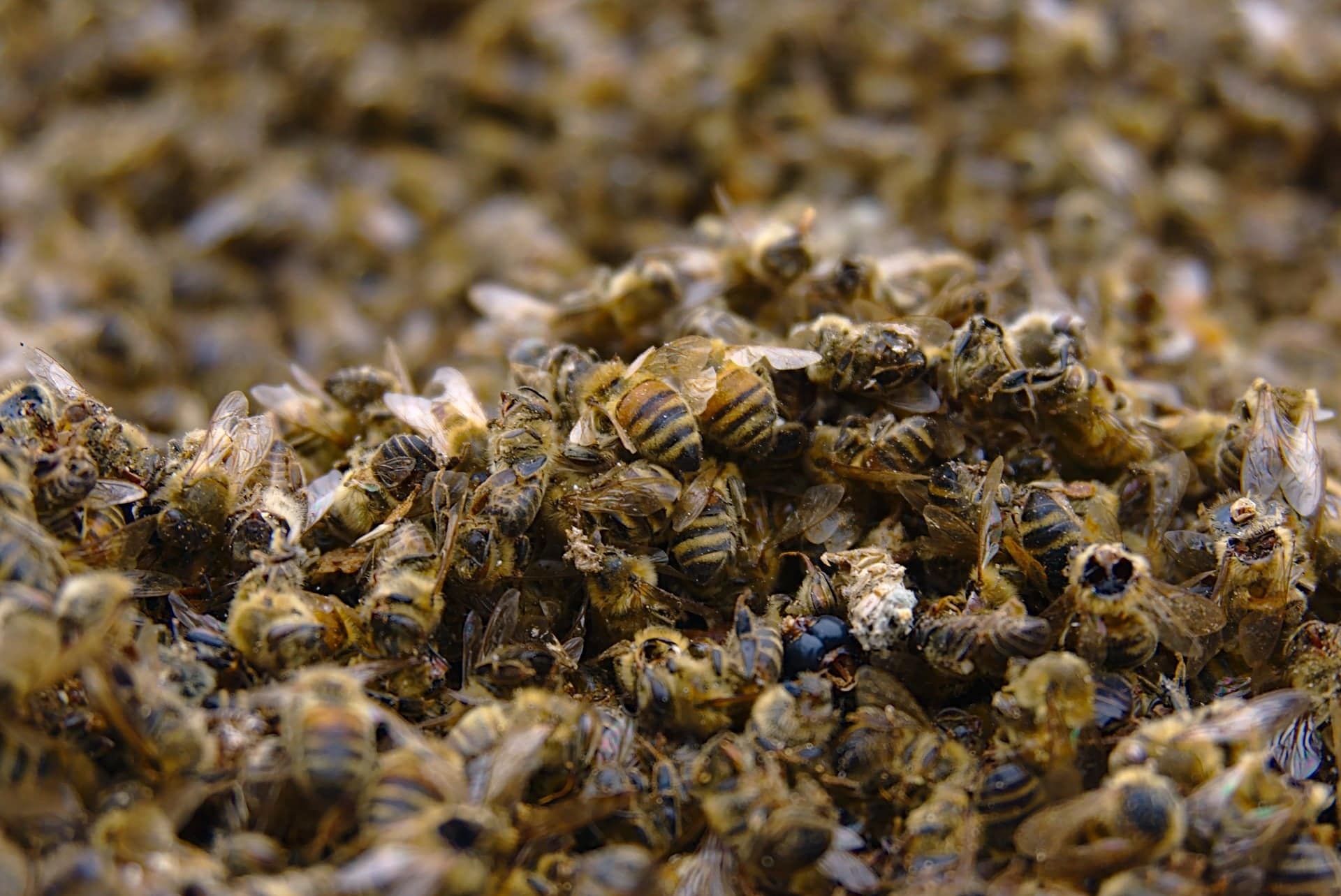- Home
- Soil Health & Pesticides Study
Soil Health & Pesticides Study

Soil Health & Pesticides Study
This new peer-reviewed study shows that pesticides widely used in American agriculture pose a grave threat to organisms that are critical to healthy soil, biodiversity, and soil carbon sequestration to fight climate change. We found that in 71% of cases studied, pesticides kill or harm soil invertebrates including earthworms, ants, beetles and ground nesting bees.
We found negative effects across all studied pesticide classes, showing that as a set of chemical poisons, pesticides pose a clear hazard to soil life and are incompatible with healthy soil ecosystems. Yet, these harms are not considered by U.S. regulators.
The study, Pesticides and Soil Invertebrates: A Hazard Assessment, is the largest, most comprehensive review of the impacts of agricultural pesticides on soil organisms ever conducted. It was published in the journal Frontiers in Environmental Science and was co-authored by researchers at Friends of the Earth, Center for Biological Diversity and University of Maryland.
Why it matters
Pesticides are a major driver of insect declines
Our findings provide further evidence that pesticides are contributing to widespread declines of insects. These declines threaten catastrophic harm to the ecosystems that support all life on earth, including the farming systems that feed us. Soils are one of the most complex and biodiverse ecosystems on earth, containing nearly a quarter of the planet’s species. A handful of soil contains an estimated 10 to 100 million organisms.
Soil invertebrates provide a variety of essential ecosystem benefits such as cycling nutrients that plants need to grow, decomposing dead plants and animals so that they can nourish new life, and regulating pests and diseases.
Climate solutions in agriculture must include reduction of toxic pesticides
The idea of regenerative agriculture and using soil as a carbon sponge to help fight climate change is gaining momentum around the world. Our findings confirm that reducing pesticide use is a key factor in protecting soil organisms that play a critical role in soil carbon sequestration.
It is the aliveness of soil that allows it to store carbon. Plants breathe in carbon from the air and then store it in their bodies and exude it through their roots. A teeming ecosystem of microorganisms below ground transfers carbon from roots to soil. Invertebrates — the focus of this study —feed on fallen plants, breaking them down and excreting carbon-rich casts and feces and mixing organic matter into the soil as they go.
It is also the aliveness of soil that determines how well farmers are able to respond to droughts and floods, which are becoming increasingly common with climate chaos. Invertebrates like earthworms and springtails are ecosystem engineers. They craft and maintain the structure of soils with their tunnels and burrows, allowing for the flow of nutrients, air and water throughout the ecosystems below ground. Healthy soil with good structure acts as a sponge — readily absorbing water during intense rains and holding on to it during dry times — improving farmers’ outcomes during weather extremes.
Pesticides threaten soil life
Pesticide use undermines regenerative farming and other climate solutions in agriculture
Study Summary
We analyzed 394 studies that encompassed 275 unique species or types of soil organisms and 284 different pesticides or pesticide mixtures. While previous studies have looked at particular pesticide classes or types of organisms, this is the first review to incorporate all pesticide types, all invertebrates that live or develop in the soil, and all types of health outcomes available in the scientific literature.
According to the data, pesticides impact soil invertebrates in many ways, from directly killing them to reducing reproduction, growth, cellular function and overall species diversity. We analyzed relevant data in relation to the following health outcomes: mortality, abundance, biomass, behavior, reproduction, biochemical biomarkers, growth, richness and diversity, and structural changes. This resulted in an analysis of over 2,800 separate “cases,” measured as a change in a specific health outcome following exposure of a specific organism to a specific pesticide. We found that 71% of cases showed negative effects.
Our analysis showed that all classes of pesticides pose a threat to soil invertebrates. The classes most often associated with harm (in over 70% of cases reviewed) are: organophosphate, neonicotinoid, pyrethroid and carbamate insecticides; amide/anilide herbicides; and benzimidazole and inorganic fungicides.
Scope of the pesticide problem
We use over 1 billion pounds of pesticides in the U.S. every year. As little as 0.1 percent of an applied pesticide interacts with its targeted weed or pest. The remainder contaminates the soil, air and water and can have significant impacts throughout the ecosystem. Pesticides can also linger in the soil for years or decades after they are applied, continuing to harm soil health.
Soil organisms are exposed to a cocktail of toxic chemicals. Research shows that mixtures of pesticide residues in the soil are the rule rather than the exception because farmers typically use multiple pesticides at a time and over the course of a season. As an example, the United States Department of Agriculture estimates that Washington apples are treated with an average of 51 different pesticides in 6 to 17 applications per year. The continuous use of pesticides doesn’t give soil communities time to recover.
What’s more, the use of pesticide-coated seeds is increasing soil organisms’ exposure to toxic chemicals. Seeds treated with insecticides like neonicotinoids are placed directly into the soil, and the vast majority of the pesticide stays in the soil. Neonicotinoids are particularly harmful to insects. U.S. agriculture has become 48 times more toxic to insect life since we started using neonicotinoids in the 1990s.
Don’t let pesticide companies spin the science on soil health
All talk of regenerative agriculture should include pesticide reduction
Pesticide industry spin
While pesticide companies claim that their products are necessary to feed a growing world population, the findings from this study point in the opposite direction. The continued use of toxic chemicals to grow our food undermines the healthy soil ecosystems on which sustainable food production depends.
Pesticide giants like Bayer-Monsanto are also trying to cash in on the interest in soil carbon sequestration. The company claims that farmers can build “healthy soils for a better planet” using its pesticide products. This research shatters that notion and demonstrates that pesticide reduction must be a key part of combatting climate change in agriculture. For more on pesticide industry spin click here.
Policy implications
Despite the known harm that pesticides pose to soil life, the U.S. Environmental Protection Agency (EPA) does not require soil organisms to be considered in any risk analysis of pesticides before approving them for use. In order to protect the long-term health of the soil that feeds us, the EPA must include assessment of harm to soil invertebrates in the U.S. pesticide regulation process.
We know that farming practices such as cover cropping and composting build healthy soil ecosystems and reduce the need for pesticides in the first place. Yet, our farm policies continue to prop up a pesticide-intensive food system. Our results highlight the need for policies that support farmers to adopt ecological farming methods that help biodiversity flourish both in the soil and above ground.
Solutions
Farming practices like cover cropping, crop diversification, composting, reduced-till farming, and managed grazing of livestock help create healthy soil ecosystems that sequester carbon, save precious water resources and bolster farmers’ resilience to drought, flooding and climate chaos.
These methods are gaining attention under the banner of regenerative agriculture. They also underpin organic farming. Organic farming protects soil organisms by prohibiting the use of over 900 toxic pesticides that are otherwise allowed in agriculture in the U.S. and around the world.
Research demonstrates that organic agriculture sequesters approximately 25% more carbon in soil and achieves deeper and more persistent carbon storage. In years of extreme weather such as drought or flooding, research has found that organic systems out-yield conventional up to 40 percent.
Sources
Ghabbour et al., 2017, Advances in Agronomy
Tautges et al., 2019, Global Change Biology
Rodale Institute, Farming Systems Trial
Save the soil!

Tell your grocery store to keep toxic pesticides out of its supply chain!

Join the fight to make healthy, organic food for all

